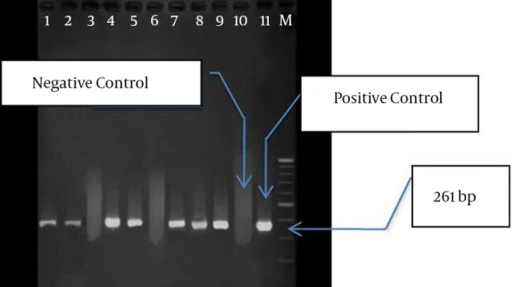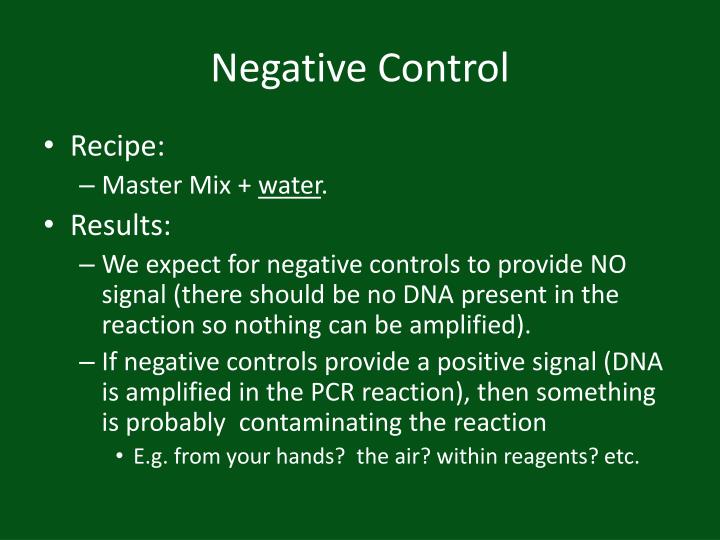
Finally, in a third group, a variable is deliberately introduced that has a known effect, to be sure that the experiment is working properly. In another group, the variable is not changed and no effect is expected. In one group, a single variable is changed, allowing the researcher to see if that variable has an effect on the results of the experiment. In a controlled experiment, several groups are tested simultaneously, keeping almost all variables the same among them. In designing experiments, researchers often set up controlled experiments. This is not unusual in science, where research in one area unexpectedly sheds light on another area. Griffith never did develop a vaccine, but his work opened a door to the molecular world of heredity. Griffith hoped that either heat-killed virulent strains (denoted “S” since they form smooth colonies as a result of a polysaccharide capsule) or live nonvirulent strains (denoted “R” because they form rough colonies and lack the capsule) could be used as a vaccine. Griffith was an army medical officer and was attemptng to develop a vaccine against Streptococcus pneumoniae, a bacterium that is one cause of the lung disease pneumonia. This set the stage for the British physician Frederick Griffith in 1928. This set the stage for the British physician Frederick Griffith in 1928 (Fig. It did not seem possible that a simple molecule like DNA could be the genetic material. Almost everyone thought that proteins must be the genetic material, for they knew that the molecule of hereditary had to be able to contain an extraordinary amount of information. Of these two substances, nucleic acids and protein, which is the genetic material? In the first half the 20 th century, this question was vigorously debated. Eventually, chemical analysis revealed that chromosomes are composed of both protein and Miescher’s nuclein, which we now call deoxyribonucleic acid (DNA). However, Miescher was very persistent in his belief that nuclein was a new type of molecule. Miescher’s colleagues tried to convince him that nuclein was just another protein and phosphorus was a contaminant.

Since it was derived from the nucleus, Miescher named the substance “nuclein." Unlike proteins, this substance had a high concentration of phosphorus along with nitrogen. In 1869, a German chemist, Johann Frederick Miescher, isolated a novel substance from the nuclei of white blood cells.

Figure 3.1: What is the nature of the genetic material?


 0 kommentar(er)
0 kommentar(er)
